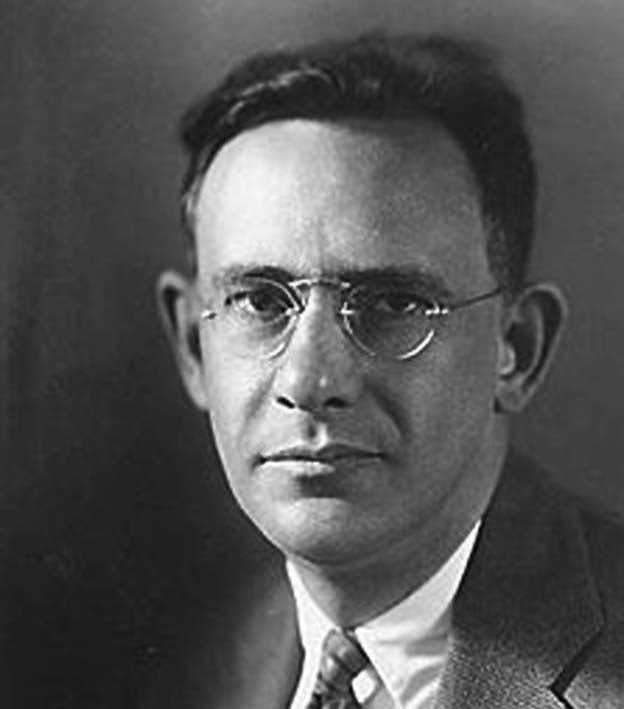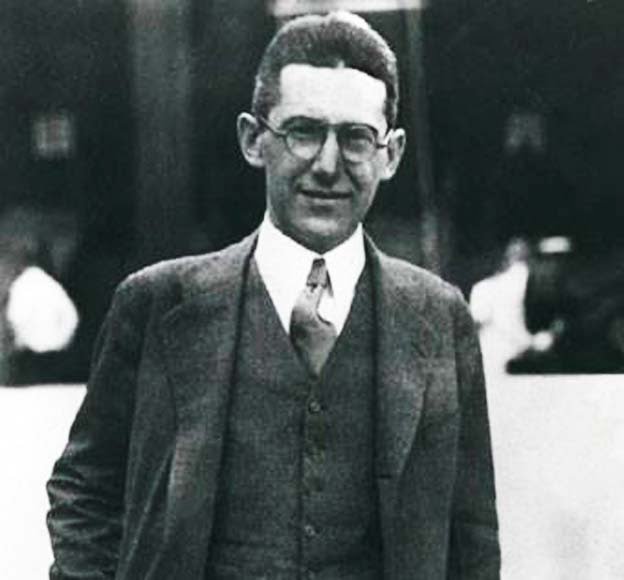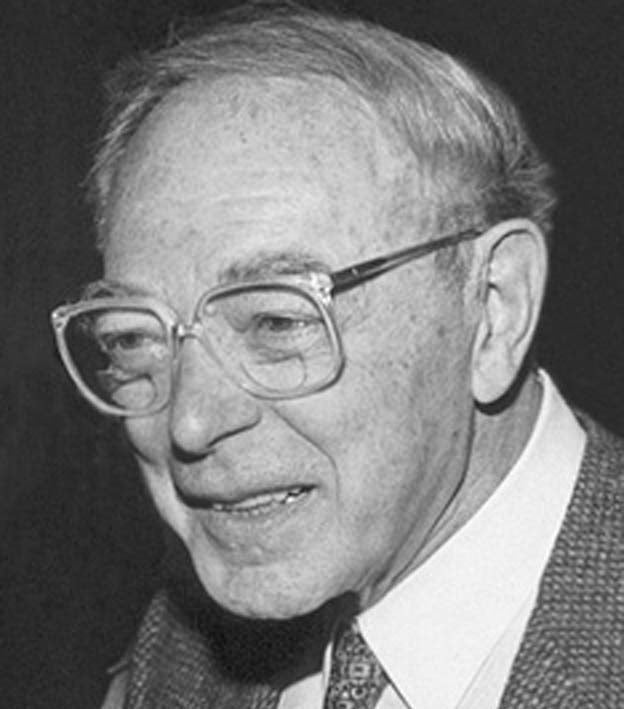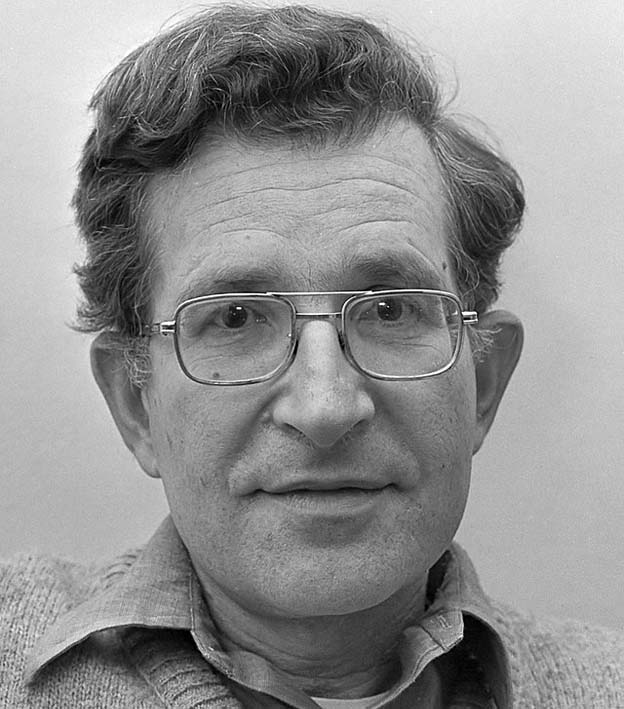Linguistics in the United States has been strongly influenced by the necessity of describing as many of the hundreds of previously unrecorded languages existing in North America as possible. Since the publication of the Handbook of American Indian Languages in 1911, almost every linguist in America has included some original research on one or more of the American Indian languages as part of his training, and many of the features characteristic of American linguistics can be explained by this fact.
First of all, the experience of working with the indigenous languages of North America has given me a good deal of knowledge of American linguistic theory, its practical character, and a sense of urgency. Many of these languages were spoken by very few people and would soon die out. Unless they were recorded and described before this happened, they would become forever inaccessible for investigation. In these circumstances, it is not surprising that American linguists have given considerable attention to developing what are called ‘field methods’ -techniques for recording and analysing languages which the linguist himself could not speak and had not previously been committed to writing.

Franz Boas (1858-1942), who wrote the Introduction to the Handbook of American Indian Languages (1911), gave an outline of the method he had himself worked out for their systematic description and concluded that the range of variation to be found in human languages was far greater than one might suppose if one based one’s generalisations upon the grammatical descriptions of the more familiar languages of Europe. He found that earlier descriptions of the indigenous and ‘exotic’ languages of the North American subcontinent had been distorted by the failure of linguists to appreciate the potential diversity of languages, and their attempts to impose the traditional grammatical categories of description upon languages were wholly inappropriate. He pointed out that only some conventional categories were present in all languages. Boas supported the view that every language has its unique grammatical structure and that it is the task of the linguist to discover for each language the categories of description appropriate to it. This view may be called ‘structuralist’ (in one of the many senses of a rather fashionable term).
It should be stressed that the ‘structuralist’ approach was not confined to Boas and his successors in America. Similar views have been expressed by Wilhelm von Humboldt (1767-1835), and they have also been told by European contemporaries of Boas, who were experienced, as he was, in the description of ‘exotic’ languages. ‘Structuralism’ has been the rallying cry of many different 20th-century schools of linguistics.

It would be universally agreed that the two most significant and most influential figures in American linguistics after Boas, in the period from the foundation of the Linguistic Society of America in 1924 to the beginning of the Second World War, were Edward Sapir (1884 -1939,) and Leonardo Bloomfield (1887 -1949). They were very different in temperament, in the range of their interests, in philosophical persuasion and like the influence they exerted. Sapir had been trained in Germanic philology but while he was still a student, he came under the influence of Boas and turned to the study of American Indian languages. Like Boas and many American scholars, he was an anthropologist and a linguist and published widely in both fields. But Sapir’s interest and professional competence extended beyond anthropology and linguistics into literature, music and art. He published many articles and reviews but only one book. This relatively short work Language, appeared in 1921 and was addressed to the general reader. It is strikingly different, both in content and style, from Bloomfield’s Language, published 12 years later.

Bloomfield did more than anyone else to make linguistics autonomous and scientific, and in pursuing this aim, he was prepared to restrict the scope of the subject, excluding from consideration many aspects of language which, he believed, could not yet be treated with sufficient precision and rigour. As one might expect from his other interests, Sapir takes a more ‘humanistic’ view of language. He lays great stress on its cultural importance, in the priority of reason over volition and emotion, and the fact that language is purely ‘human’ and ‘non-instinctive’. Sapir’s language, though far shorter, is much more general and easier to read than Bloomfield’s. It is packed with brilliant analogies and suggestive comparisons. Still, Sapir’s refusal to neglect any of the myriad aspects of language gives many of his theoretical statements an aura of vagueness that is absent from Bloomfield’s book. Sapir’s work has continued to hold the attention of linguists, but there has never been a ‘Sapirian’ school in the sense that there has been and still is a ‘Bloomfieldian’ school of linguistics in America. As Bloomfield understood the term ‘scientific’, it implied the deliberate rejection of all data that were not directly observable or physically measurable. J B Watson, the founder of the so-called ‘behaviourist’ approach in psychology, took the same view of the aims and methodology of science. According to Watson and his followers, psychologists did not need to postulate the existence of the mind or anything else that was not observable to explain the activities and capacities of human beings traditionally described as ‘mental’ or ‘rational’. The behaviour of any organism, from an amoeba to a human being, was to be told and explained in terms of the organism’s responses to the stimuli presented by features of the environment.

When Bloomfield came to write his monumental book Language, he explicitly adopted behaviourism as a framework for linguistic description. In the second chapter of Language, he went on to claim that, although we could, in principle, foretell whether a particular stimulus would cause someone to speak and, if so, precisely what he would say, in practice, we could make the prediction ‘only if we knew the exact structure of his body at the moment.’ The meaning of a linguistic form was defined as the practical events with which the form is connected to the situation in which the speaker utters it and the response it calls for in the hearer.
As an example of a simple but presumably typical situation in which language might be used, Bloomfield suggests the following:
Jack and Jill are walking down a lane; Jill sees an apple on a tree and, being hungry, asks Jack to get it for her; he climbs the tree and gives her the apple; she eats it. This is how we describe the events that take place. A behaviourist account would run somewhat differently: Jill’s being hungry (that is, some of her muscles were contracting and some fluids were being secreted, especially in her stomach) and her seeing the apple (that is, light waves reflected from the apple reached her eyes) constitute the stimulus. The more direct response to this stimulus would be for Jill to climb the tree and get the apple herself. Instead, she makes a ‘substitute response’ in the form of a particular sequence of noises with her speech organs, and this acts as a ‘substitute stimulus’ for Jack, causing him to work as he might have done if he had been hungry and had seen the apple.

Bloomfield’s commitment to behaviourism had no appreciable effect on syntax or phonology in his work or in that of his followers. Bloomfield referred to the behaviourist point of view only when dealing with meaning; what he had to say on this topic was not calculated to inspire his followers with the desire to set about the construction of a comprehensive theory of semantics. Bloomfield believed that the analysis of meaning needed to be more assertive in language study and would continue until human knowledge advances far beyond its present state. In fact, for almost 30 years after the publication of his book, the study of meaning was wholly neglected by the ‘Bloomfieldian’ school and was frequently defined as outside linguistics.
Bloomfield’s followers carried even further than he did in that attempt to formulate phonological and syntactic analysis principles without reference to meaning. This effort reached its culmination in the work of Zellig Harris, notably in his Methods in Structural Linguistics. Harris’s work also constitutes the most ambitious and rigorous attempt to establish what Chomsky later described as a set of ‘discovery procedures’ for grammatical description. Now, Chomsky was one of Harris’s pupils, and after one of his collaborators and colleagues, his earliest publications are very similar in spirit to those of Harris. By 1957, when Chomsky’s first book, Syntactic Structures, was published, he had already moved away from the position Harris and the other Bloomfieldians had adopted on discovering procedures. However, he continued to maintain that the phonology and syntax of a language could and should be described as a purely formal system without reference to semantic considerations.
Language was an instrument for the expression of meaning; it was both possible and desirable to describe this instrument without drawing upon knowledge of the use in which it was put. Semantics was part of the description of the use of language; it was secondary to and dependent upon syntax and outside linguistics proper. Later, Chomsky became increasingly critical of Bloomfieldian linguistics and abandoned many of the assumptions he initially held. It is worth emphasizing, therefore, that his earlier views were formed in the ‘Bloomfieldian’ school and that he could hardly have made the technical advances he did drive in linguistics if the ground had not been prepared for him by such scholars as Harris.





























